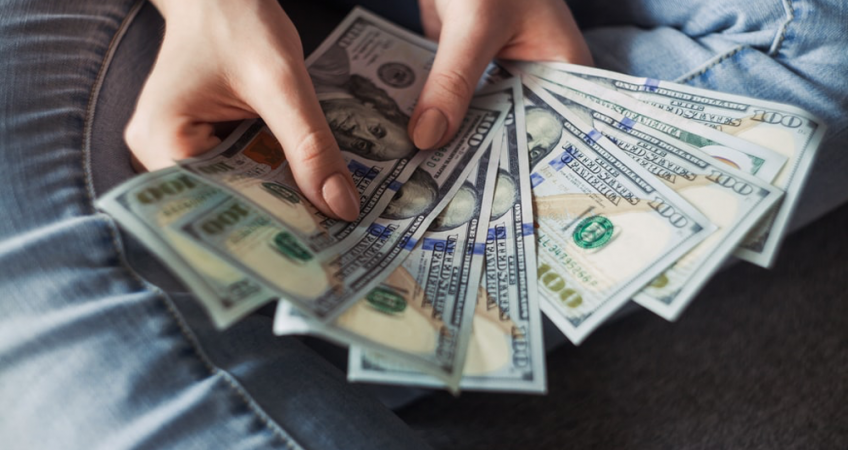
Punitive Damages
In litigation, attorneys may demand economic damages, non-economic damages, and punitive damages. Economic damages include monetary losses from income and benefits, as well as medical expenses, property loss and so on. These are all areas where it is useful to designate an economist as an expert witness. Non-economic damages such as pain & suffering, loss of consortium, etc are sometimes referred to as hedonic damages. In California, an economist cannot provide an opinion when it comes to non-economic damages.
Finally, there are punitive damages, which are neither economic nor non-economic damages. While economic and non-economic damages have the intentions of being compensatory to the plaintiff, punitive damages. According to California Civil Code 3947, “the purpose of punitive damages are to punish a wrongdoer for the conduct that harmed the plaintiff and to discourage similar conduct in the future”. The goal is to assign a fine that is large enough to deter future bad conduct, yet not large enough to bankrupt the company. For example, Monsanto was recently fined $250 million in punitive damages ($39.3 million in compensatory damages) in the matter of Dewayne Johnson v. Monsanto in which the jury unanimously found that certain chemicals in Monsanto’s Roundup weed killer caused the Plaintiff to develop non-Hodgkin lymphoma. In July of 2020, the California Court of Appeal, First Appellate District reduced the punitive damages from $250 million to $39.3 million. While there are specific guidelines in how large punitive damages can be, there is a general rule of thumb to limit them to single digit ratios to the compensatory damages (ie. $1million in compensatory damage usually does not result in more than $9 million in punitive damages).
In regards to punitive damages, while an economist cannot provide an opinion on what the dollar amount of these damages should be, they can provide opinions regarding the net worth of the defendant and their “ability to pay”. The economist evaluates the financial health of companies using various metrics. This includes analyzing a firm’s liquidity by reviewing their current and cash ratios, evaluating profitability and margins, looking into non-cash expenses that affect net profits, etc.
“When you don’t respond to bad behavior, you get more of it”. This is the rationale behind punitive damages. It is important to remember that punitive damages are not intended to be compensatory for Plaintiffs, yet how large they can be is usually a single-digit ratio of the compensatory damages. It is common for juries to reward Plaintiffs with large punitive damages, only for the judge to reduce the amount post-trial. Having an economist testify about the Defendant’s “ability to pay” can assist a jury in determining an appropriate range to assign punitive damages.
